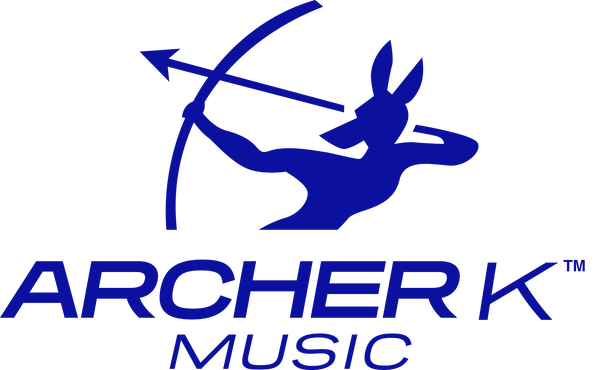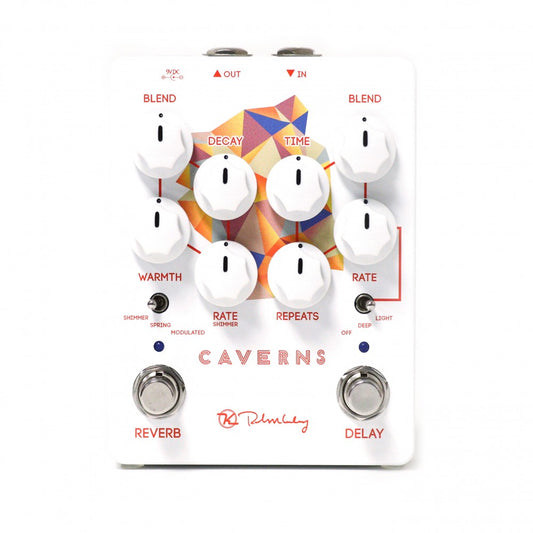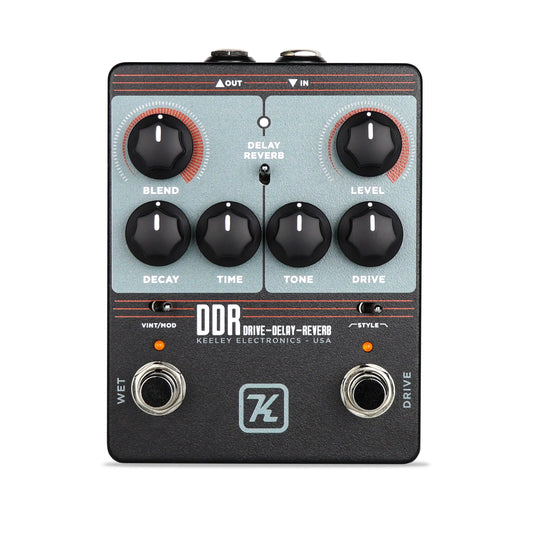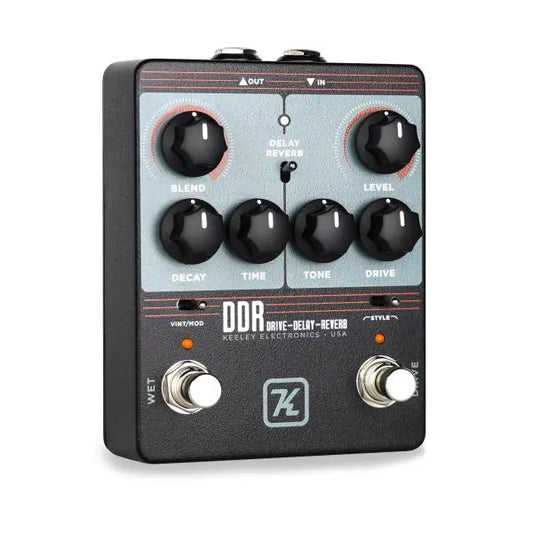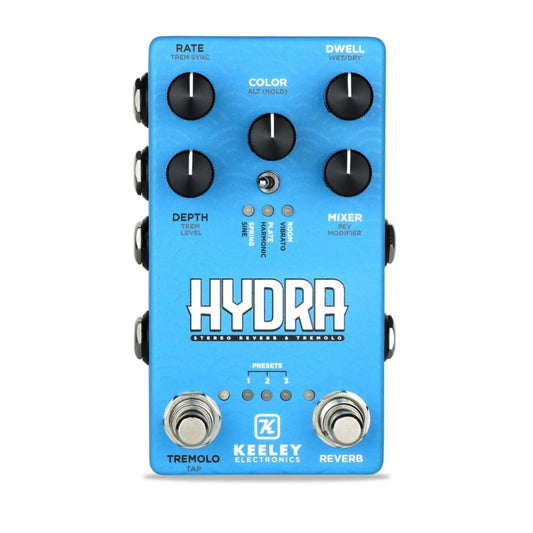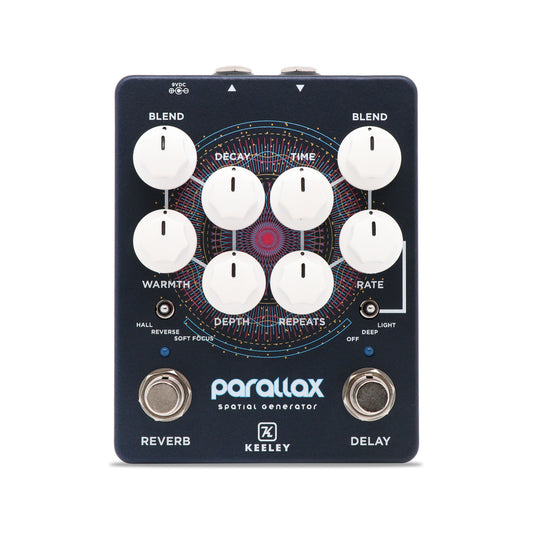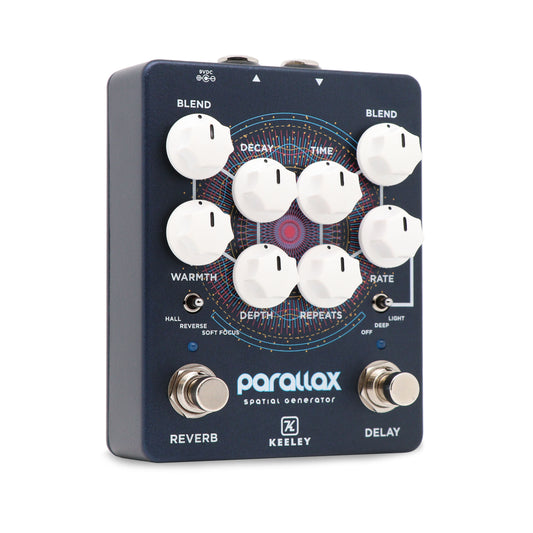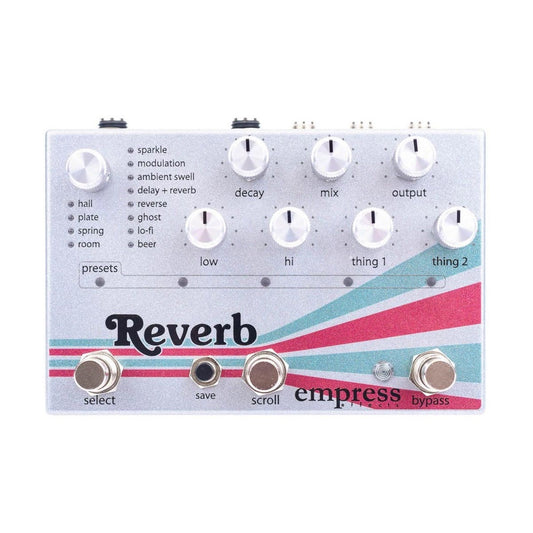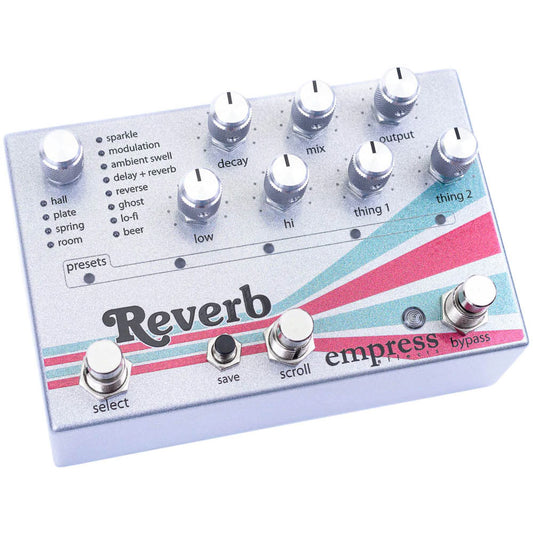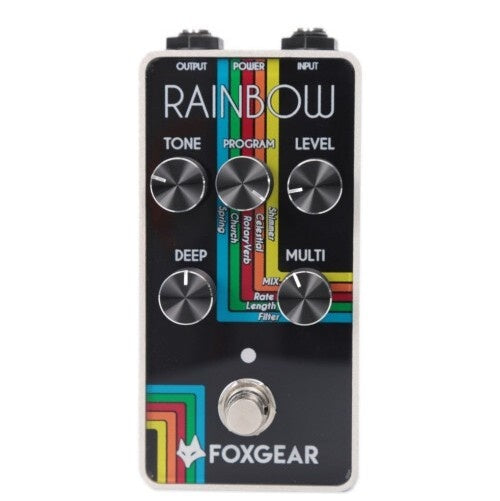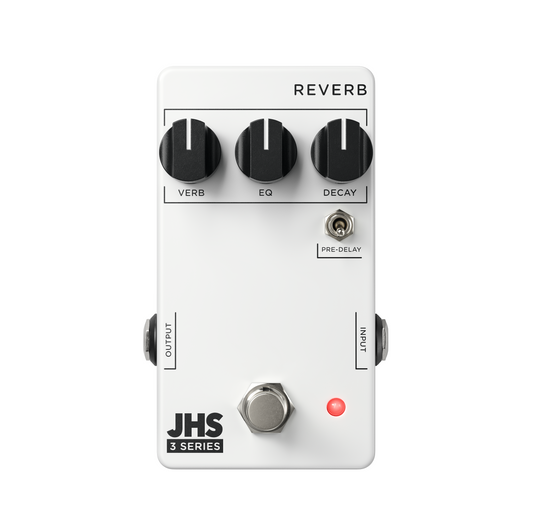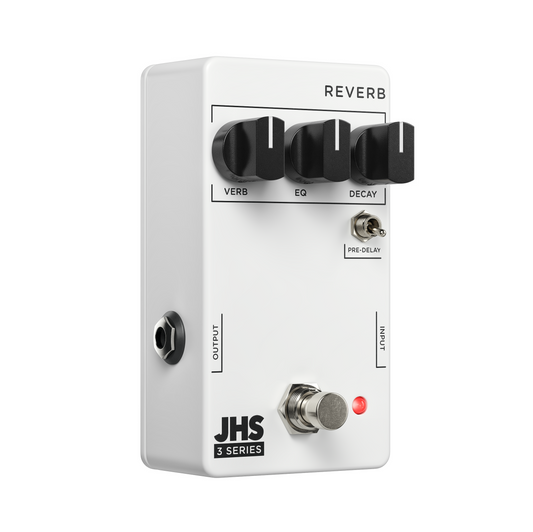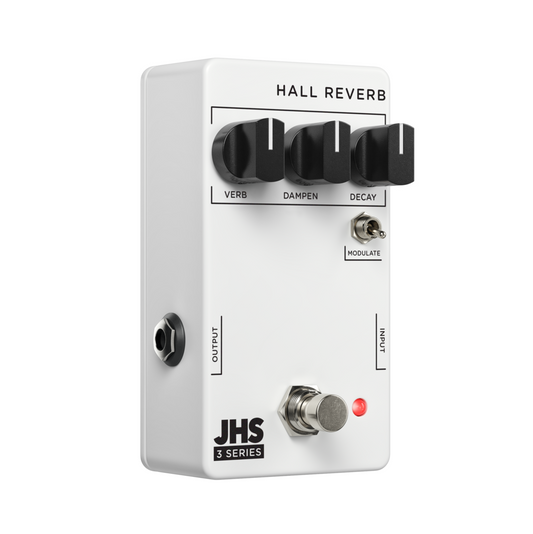Guitar reverb pedals are a popular addition to any guitarist's pedalboard. Reverb pedals deliver great sound effects by simulating many types of reverberation from large concert halls to small rooms and everything in between. Reverb pedals are the most popular choice for atmospheric guitar playing.
These guitar effects pedals are effective at simulating natural reverberation by adding ambience, space and depth to the sound of your guitar. This creates an immersive, lush tone altering the mood and perception of your music. Most importantly, the best reverb pedals create ambience, spatial depth and total enhancement. Reverb adds warmth to the sound, making it sound full, lush and larger-than-life.
These effects pedals offer guitarists a wide array of benefits you'll undoubtedly appreciate.
What Does a Guitar Reverb Pedal Do?
The ultimate purpose of a guitar reverb pedal is to process a guitar's signal and replicate it using reflections of sound waves that bounce off surfaces throughout a room or environment. The pedal itself simulates these sound reverberations and decays within different types of spaces. For example, reverb pedals can alter the spatial depth of your guitar sound. This adds more depth because it makes it seem like the guitar sound is coming from specific positions or distances throughout the room.
Reverb effects are also effective at total enhancement. Reverb adds warmth and depth to the sound. This delivers a full, lush quality that musicians and audiences appreciate.
The essential controls and parameters of a reverb pedal include:
- Reverb Type (Room, Hall, Plate, Spring, Shimmer and more)
- Decay/Time
- Pre-Delay
- Mix/Blend
The different types of guitar reverb pedals include the following:
- Room Reverb
- Hall Reverb
- Plate Reverb
- Spring Reverb
- Shimmer Reverb
- Reverse Reverb
- Convolution Reverb
- Modulated Reverb
- Gated Reverb
- Chamber Reverb
- and more
Where Does a Reverb Pedal Go in the Chain?
There are several different options for reverb pedal placement. They include the following possibilities:
- At the End of the Chain – This approach is the most common and simulates the natural decay of sound and adds a sense of depth and ambience.
- Before Time-Based Effects – Placing the pedal in this position creates an ambient, more textured sound and sense of space.
- Before Gain Pedals – Putting a reverb pedal in this spot alters the response of the gain pedals, adding more depth and texture to the driven sound.
How to Choose a Guitar Reverb Pedal
Keep the following in mind while making your choice:
- Can you afford it?
- Does it suit your needs/style?
- Does the brand have a solid reputation?
- Are you satisfied with the pedal size and build quality?
Pick up the guitar reverb pedal that checks off your most important boxes today.
